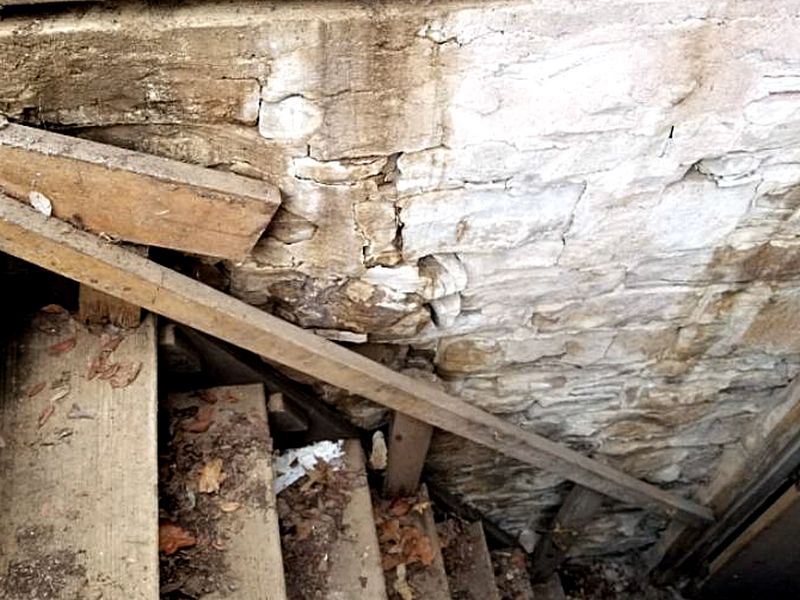The structural integrity of a home depends on its foundation. Whether the house has perimeter walls or piers, this is what the entire construction rests on and relies upon to carry all the weight down to the footings. A defect here can affect everything above it. Additionally, foundation issues can easily be the most expensive problems to correct.
It doesn’t matter if the foundation is stone, bricks, CMUs, concrete, or wood; everything must be plumb and stacked up properly to prevent uneven forces that can cause stress and failure. Observe at a distance to detect leaning, bowing, or displacement. Look for cracks, damage, and deterioration. Pay attention to water management issues; moisture is the great destroyer. It degrades all but the strongest of building materials, and can undermine the rest, taking away its proper support.
Water management around a foundation is critical to its long-term stability. The overwhelming majority of foundation water penetration issues can be attributed to failing to move water away from the structure. It’s the basics: roof runoff control and surface grading. While high water tables can come into play, the problem is rarely “the weather.” Pay attention outside, and carry those observations inside when you inspect.
There are water stains in the basement. This implies conditions conducive to mold formation and damage. The source of water penetration must be identified. Hire a contractor for an evaluation and to make repairs or upgrades as needed.
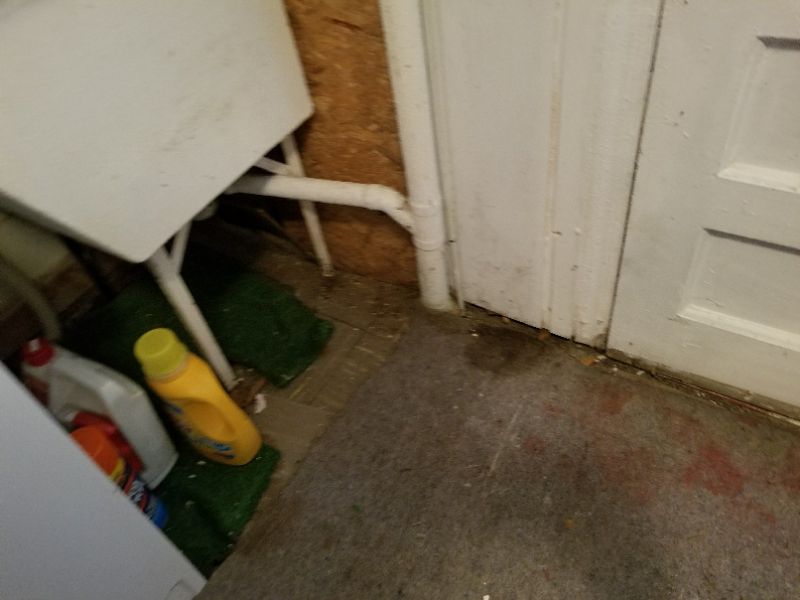
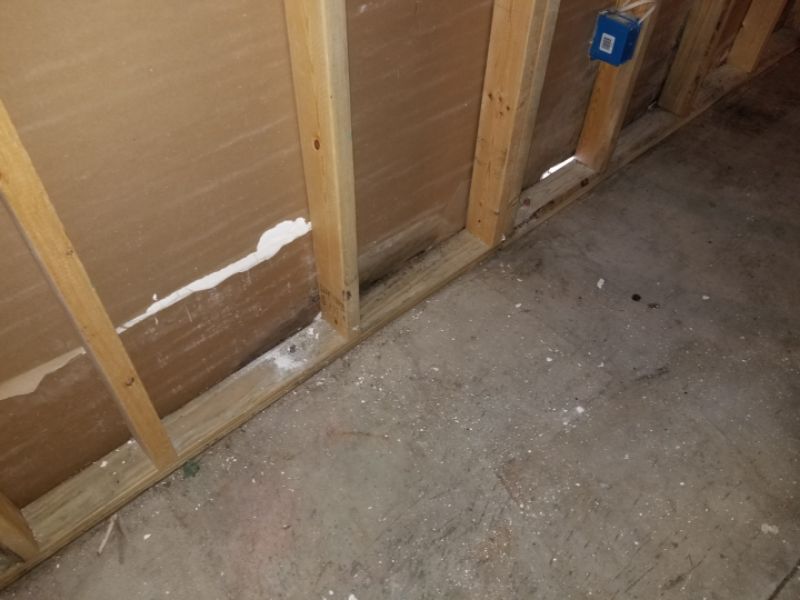
There is efflorescence in the basement. These white crystalline deposits indicate moisture penetration. This is conducive to mold formation and damage. The source of the penetration must be identified. Hire a contractor for an evaluation and to make repairs or upgrades as needed.
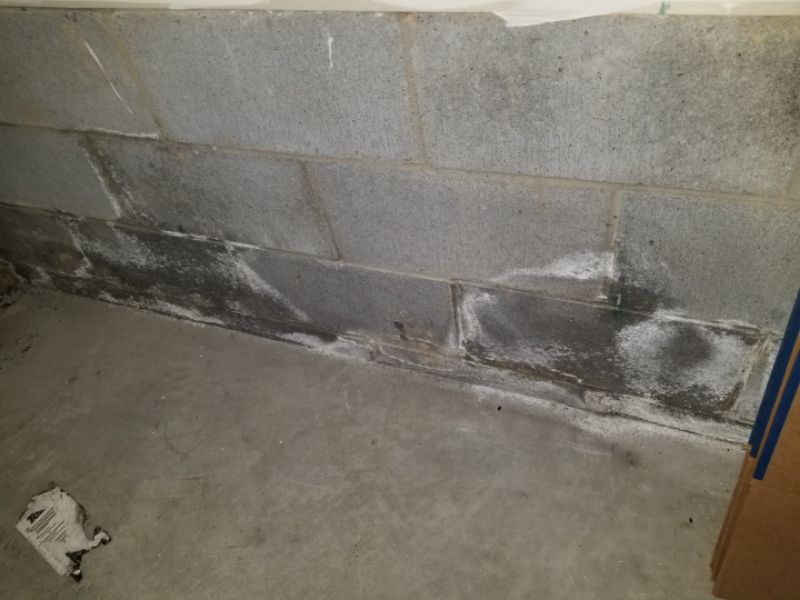
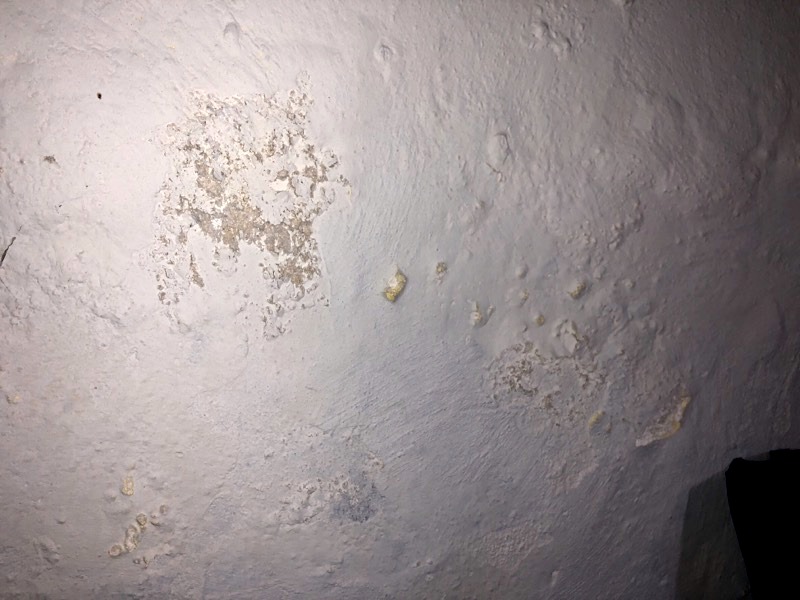
There is water in the basement. This is conducive to mold formation and damage. The source of water penetration must be identified. Hire a contractor for an evaluation and to make repairs or upgrades as needed.
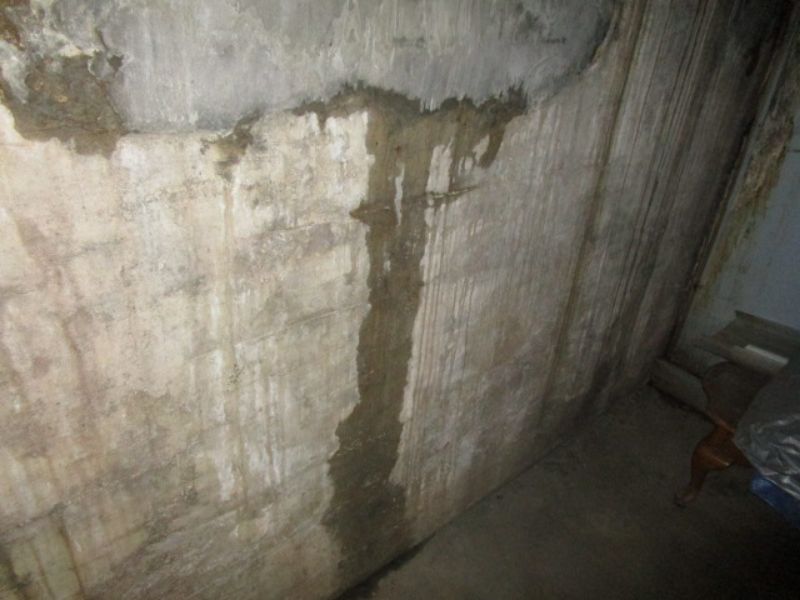
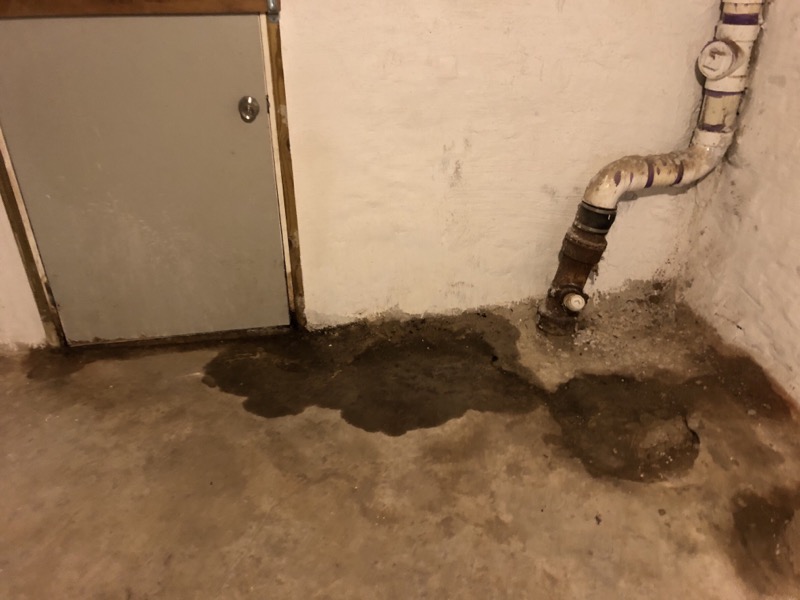

There is efflorescence in the crawl space. These white crystalline deposits indicate moisture penetration. This is conducive to mold formation and damage. The source of the penetration must be identified. Hire a contractor for an evaluation and to make repairs or upgrades as needed.
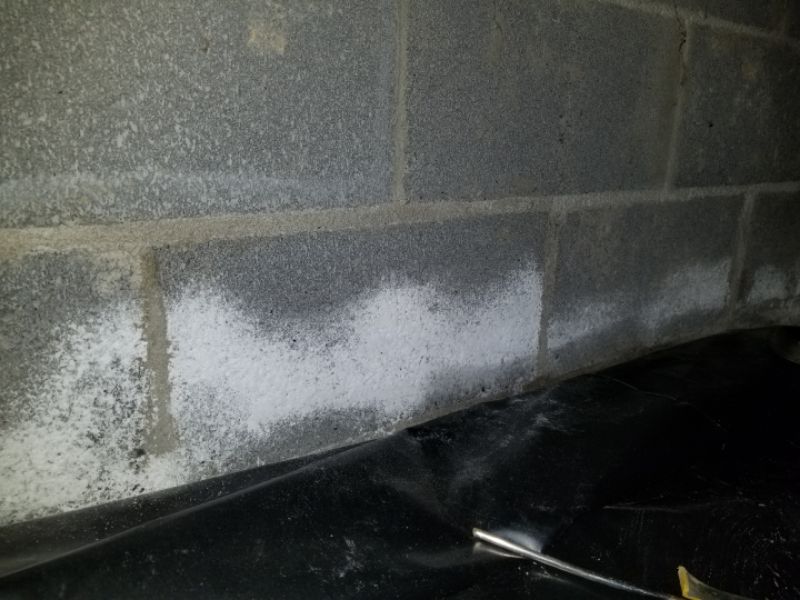
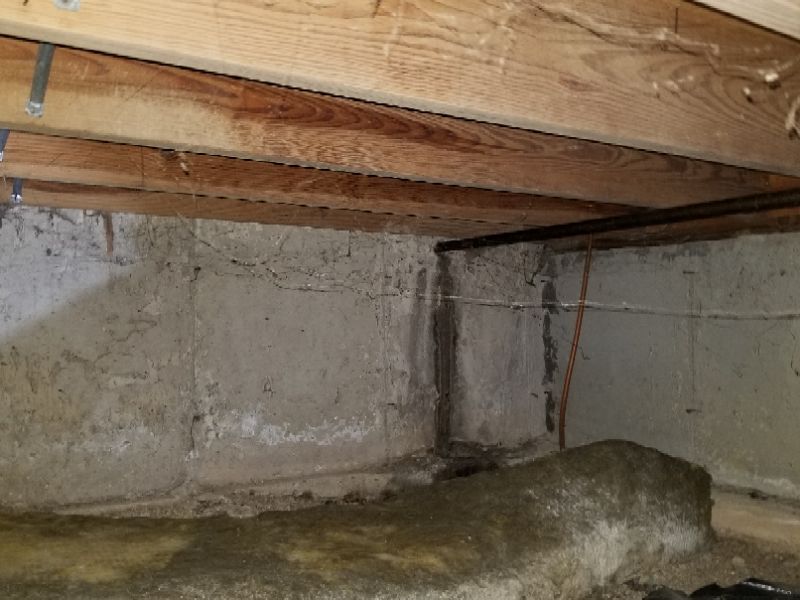
There is standing water in the crawl space. This is conducive to mold formation and damage. The source of water penetration must be identified. Hire a contractor for an evaluation and to make repairs or upgrades as needed.
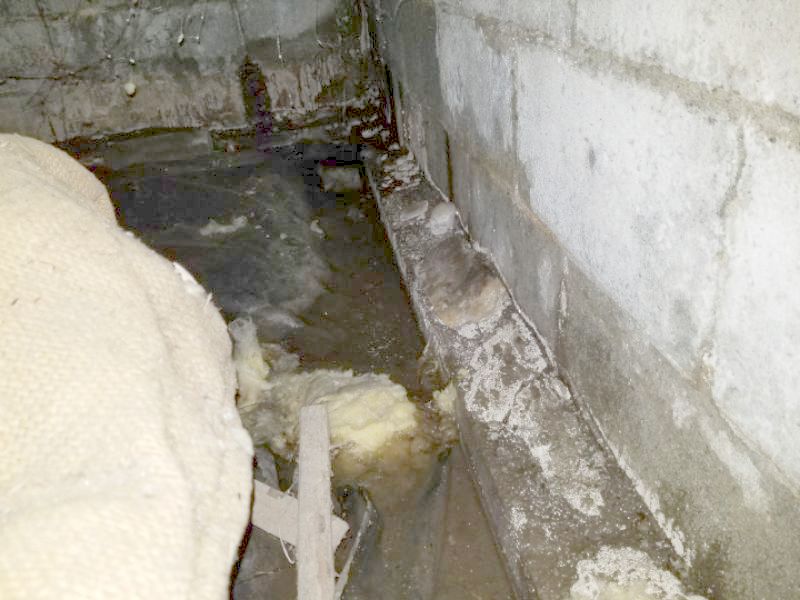
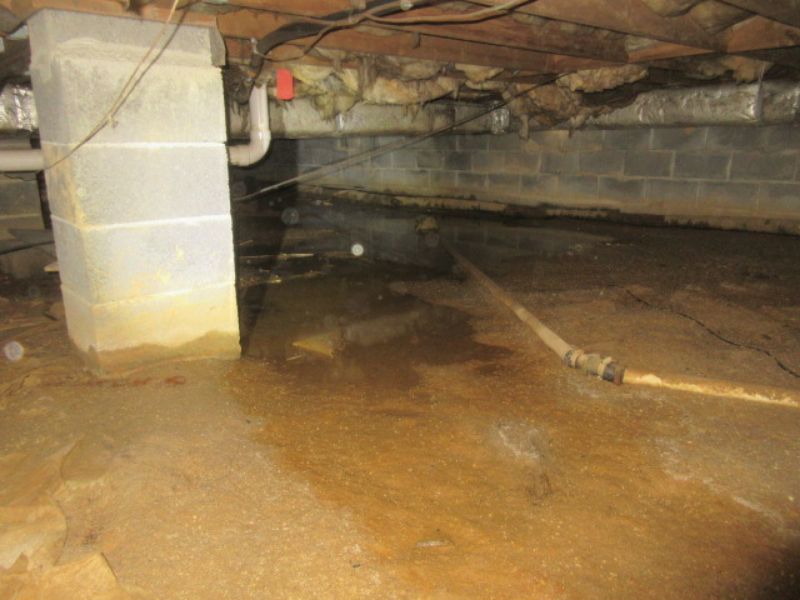
The foundation’s concrete parge coat is damaged. The parging helps to provide protection against moisture intrusion. Repair the parging; hire a contractor as needed.
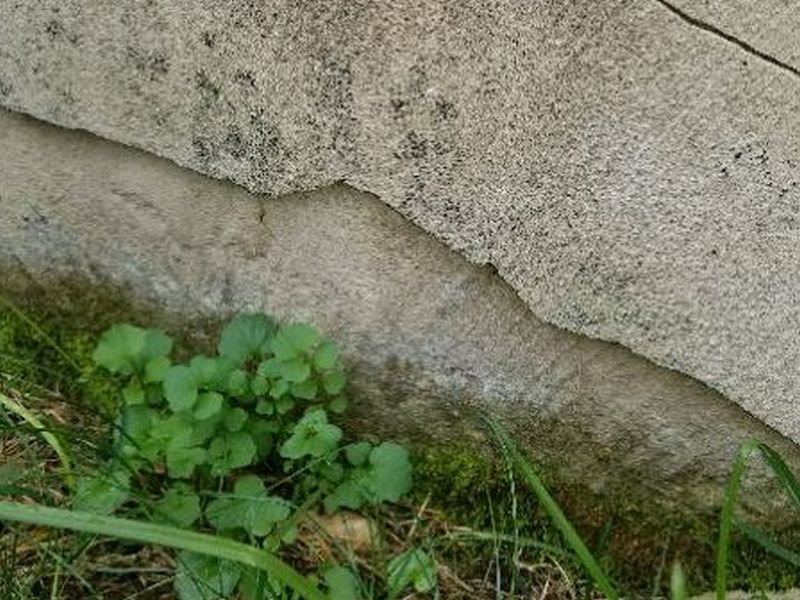
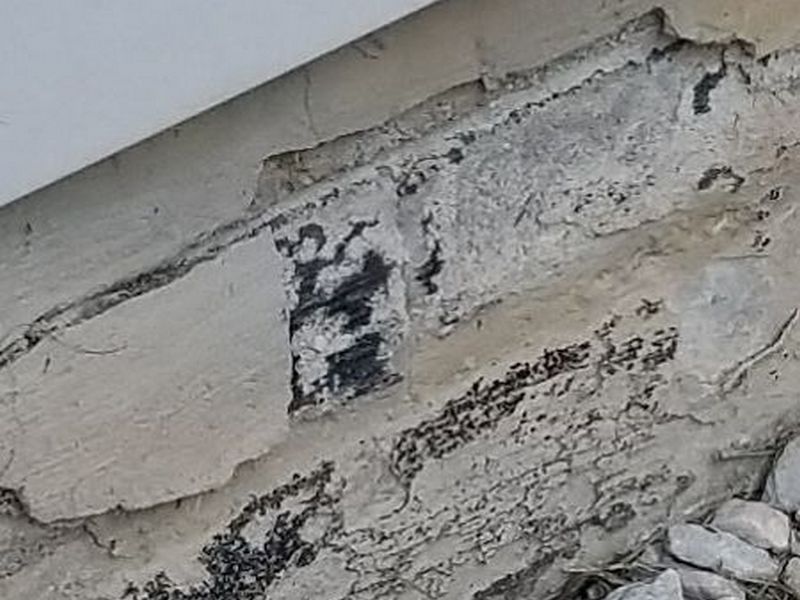
Firewood or wood debris is piled against the siding. This is conducive to wood destroying insect activity. Remove the firewood or debris.

There is minor cracking in the foundation wall. No settlement or displacement is visible. Repair and seal the cracks.
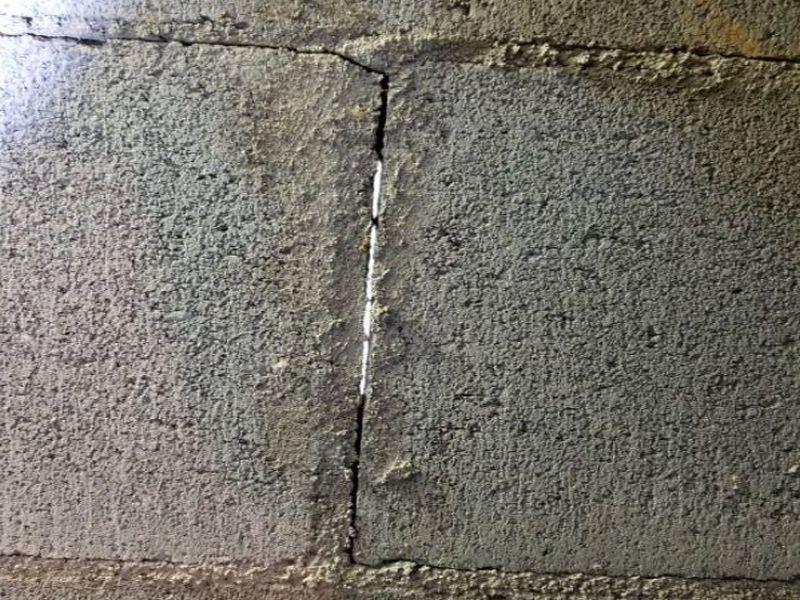
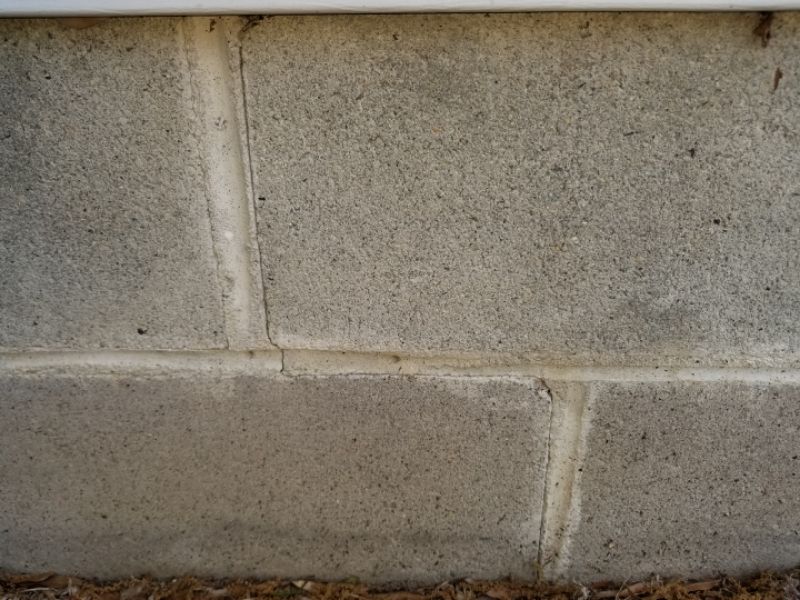
There are holes present in the foundation wall. Unsealed holes left in the foundation may allow water infiltration. Fill and seal the holes.
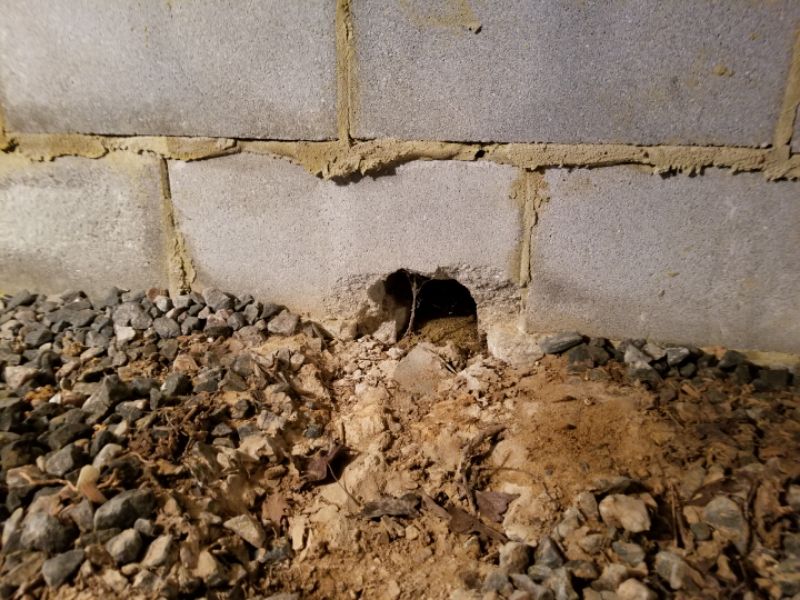
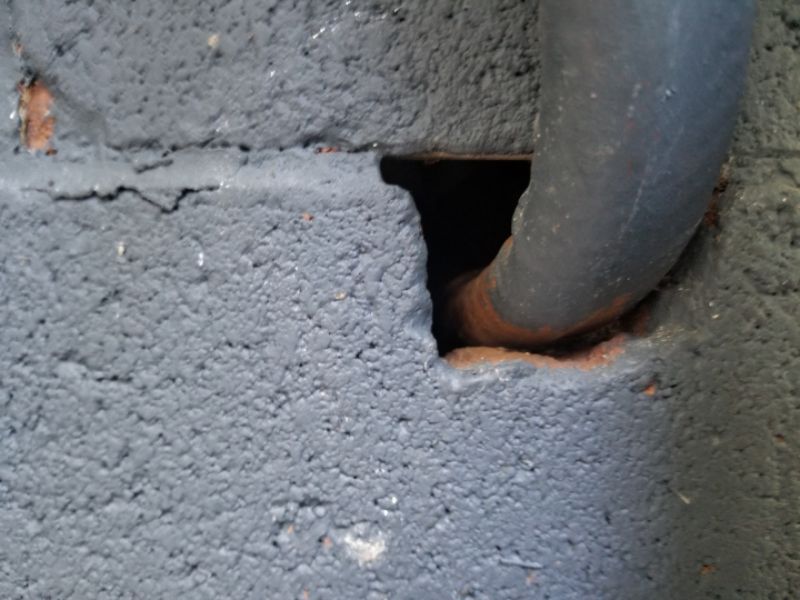
The mortar for the foundation walls is missing or deteriorated. This will allow moisture penetration and further damage. Repair the mortar joints.
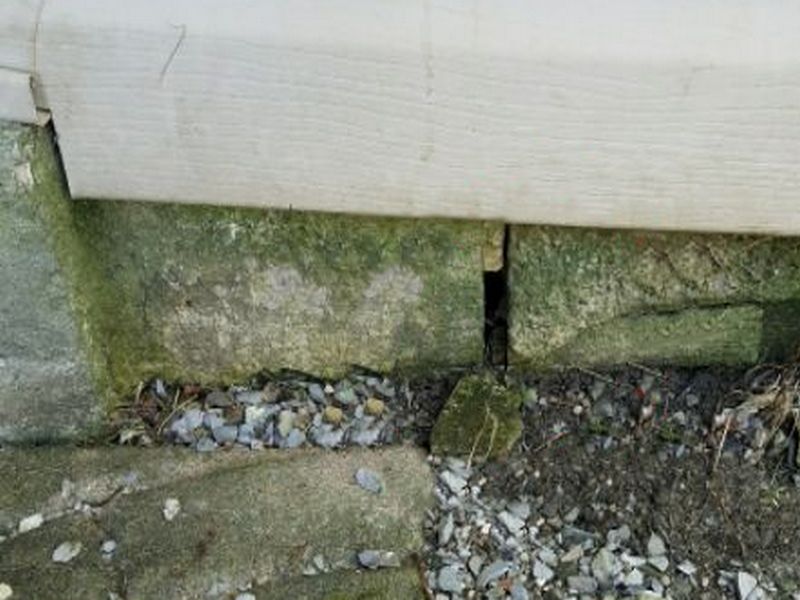
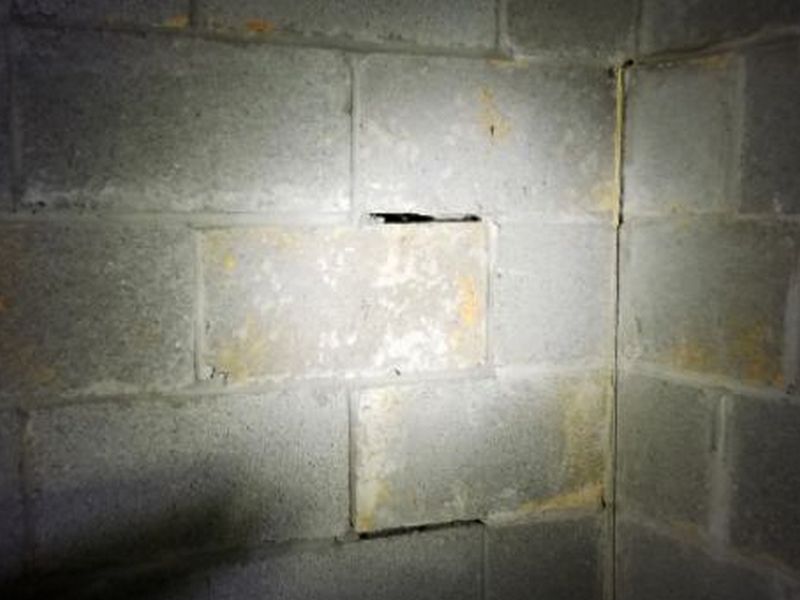
There is a lintel missing where an opening has been made in the foundation. Lintels are required to carry the structural loads around the opening once the wall components are removed. Hire a contractor to provide repairs as needed.
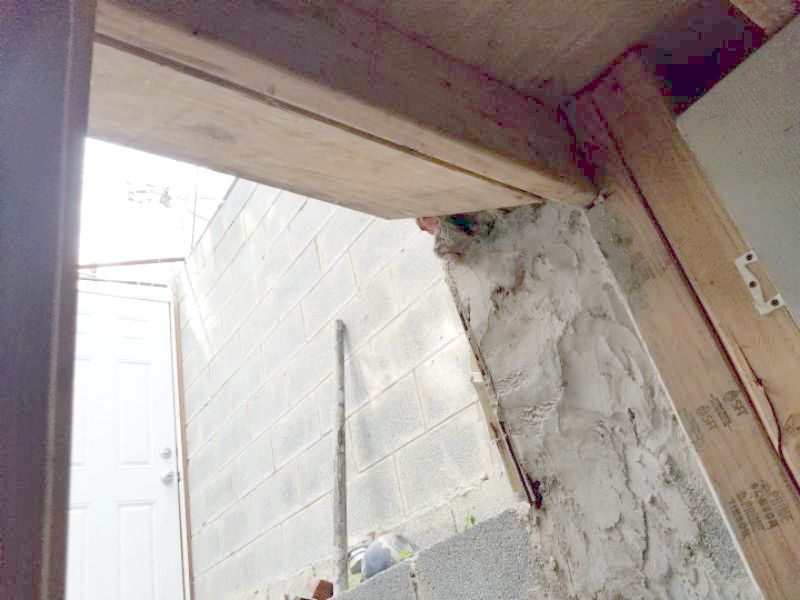
There is a damaged or deteriorated lintel in the foundation wall. This can affect the lintel’s support for the masonry above an opening in the foundation wall. Repair or replace the lintel.
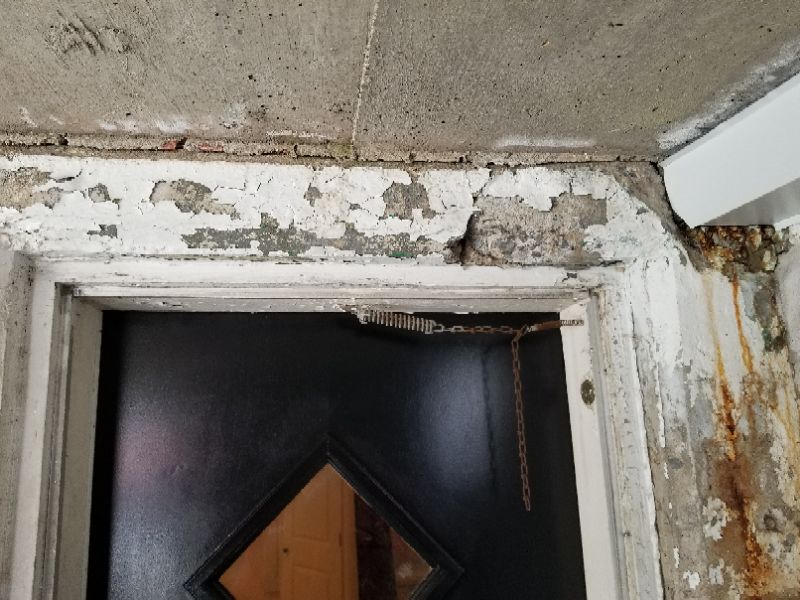
There are vertical cracks in the foundation. Vertical cracks indicate that the foundation has settled or is settling. Hire a contractor to evaluate the cracks and provide repairs as needed.
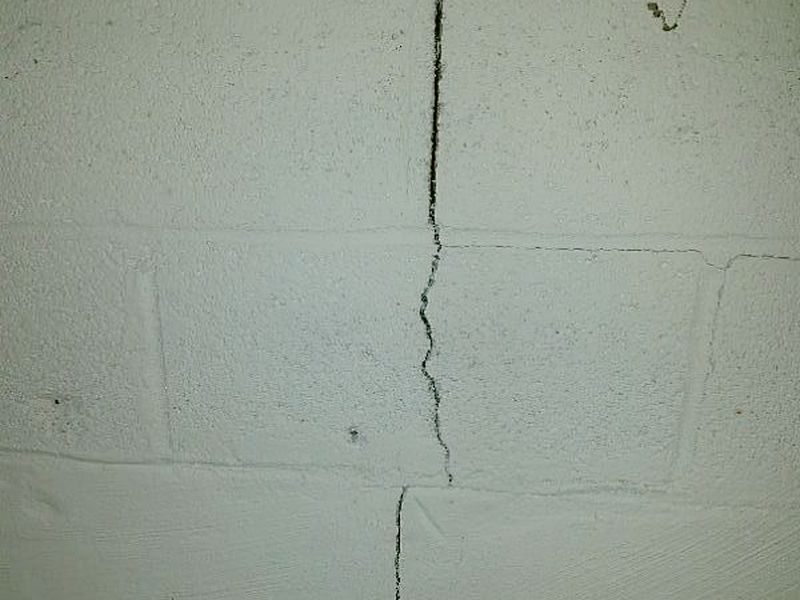
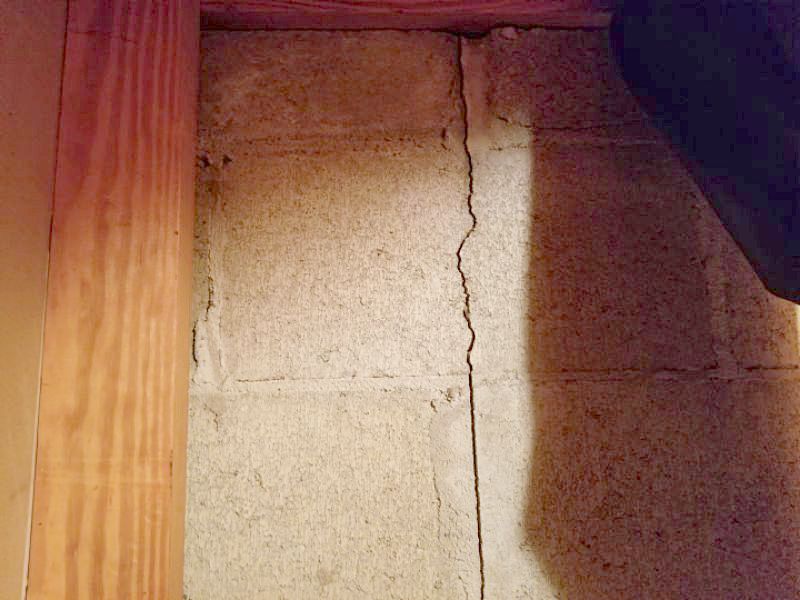
There are step cracks in the foundation wall. Step cracks indicate that the foundation has settled or is settling. Hire a contractor to evaluate the cracks and provide repairs as needed.
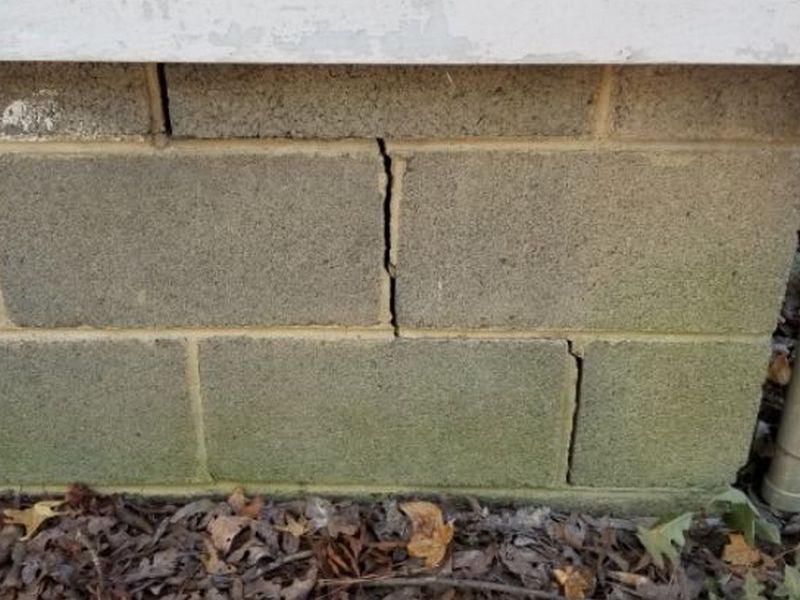
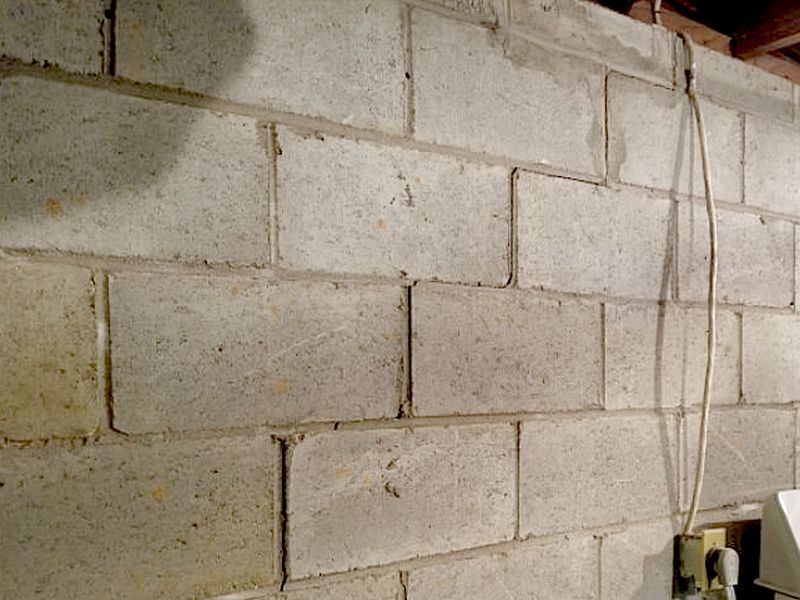
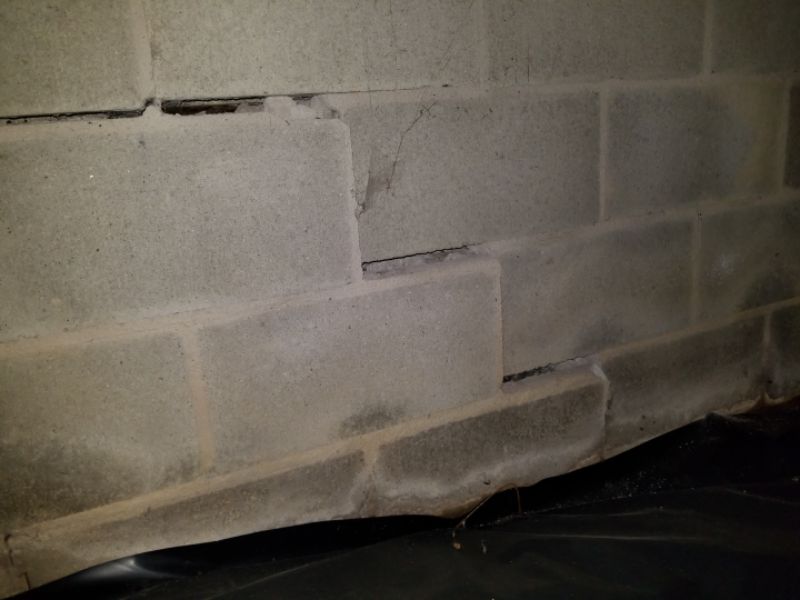
There are step cracks in the foundation wall. Step cracks indicate that the foundation has settled or is settling. Repairs are present. You should obtain any warranty information available. Hire a contractor to evaluate the cracks and repairs as needed.
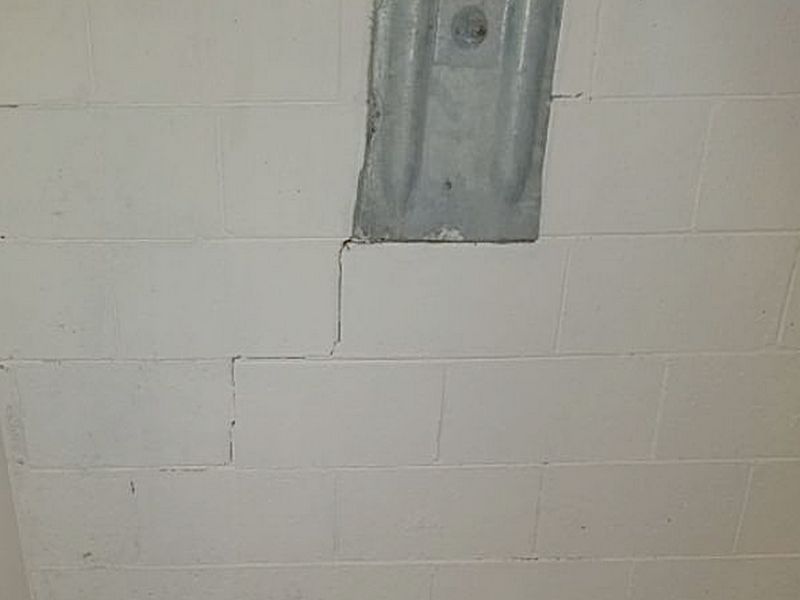
There are horizontal cracks in the foundation wall. This indicates excessive lateral pressures and wall failure. Hire a contractor to evaluate the cracks and provide repairs as needed.
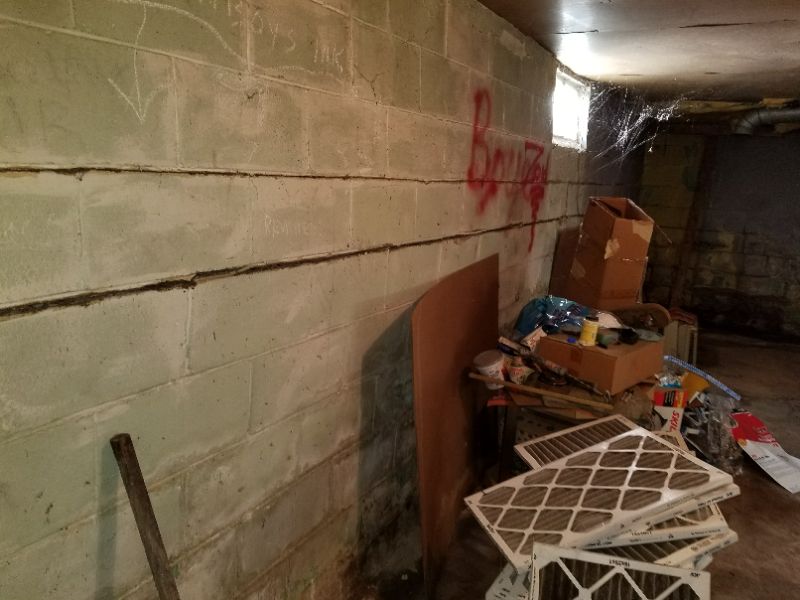
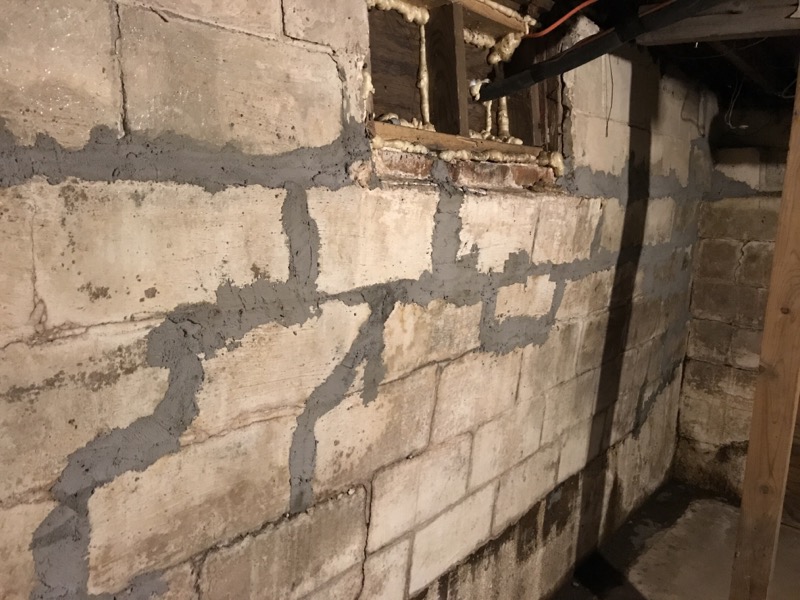

There are horizontal cracks and bowing in the foundation wall. This indicates excessive lateral pressures and wall failure. Repairs have been performed. You should obtain any warranty information available. Hire a contractor to evaluate the cracks and repairs as needed.

The foundation’s concrete parge coat is damaged. The parging helps to provide protection against moisture intrusion. Repair the parging; hire a contractor as needed.
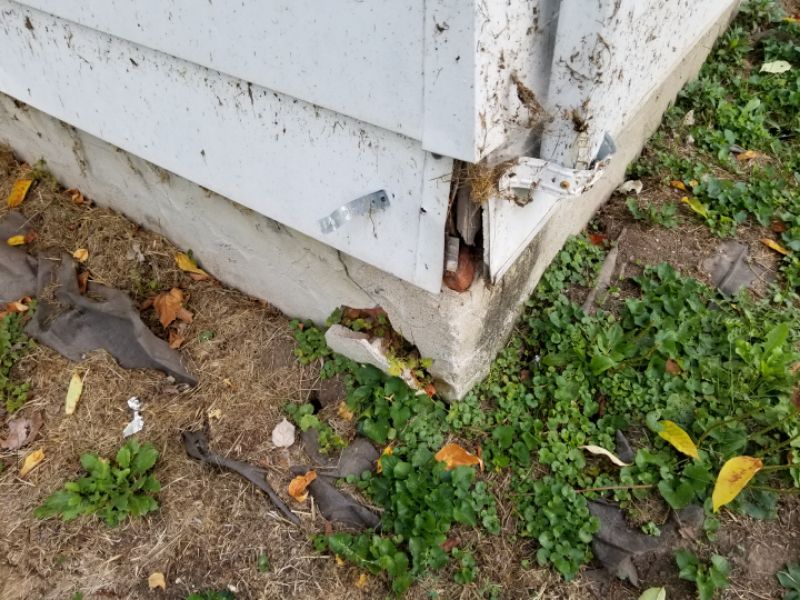
The mortar for the foundation walls is missing or deteriorated. This will allow moisture penetration and further damage. Repair the mortar joints.
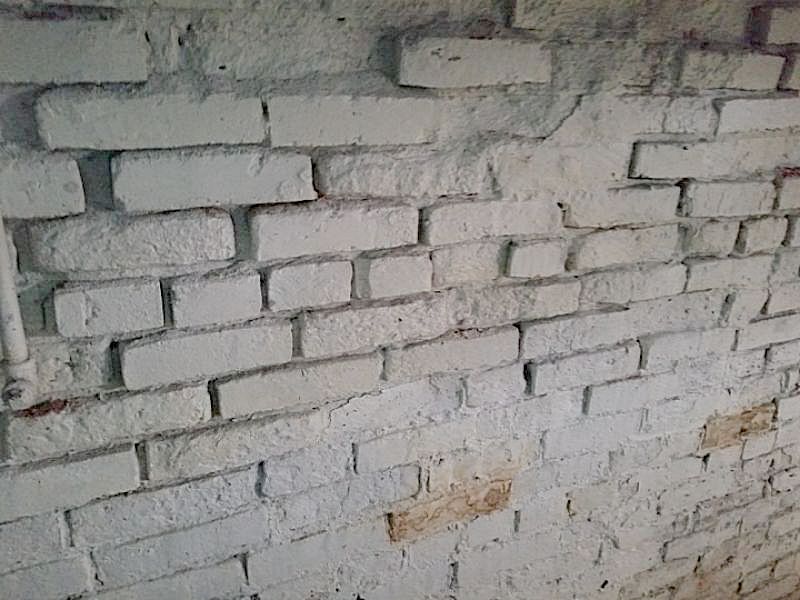
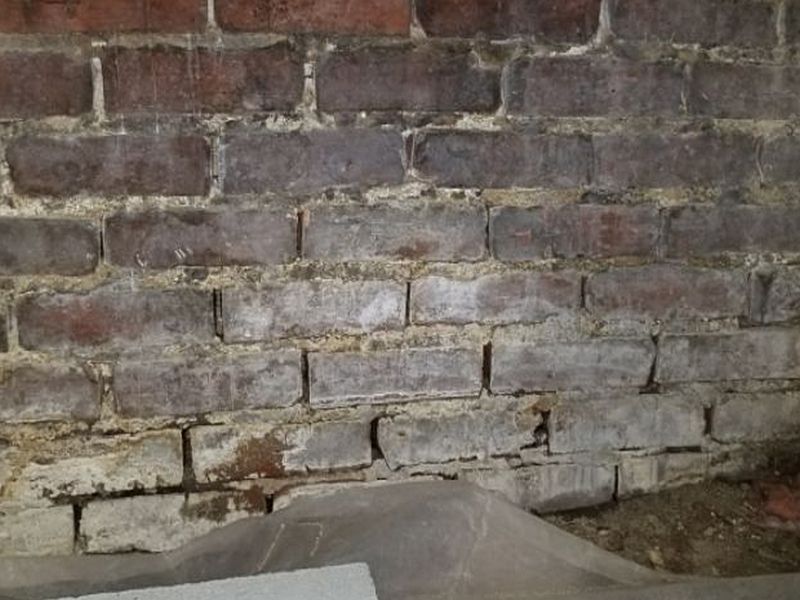
There is a lintel missing where an opening has been made in the foundation. Lintels are required to carry the structural loads around the opening once the wall components are removed. Hire a contractor to provide repairs as needed.
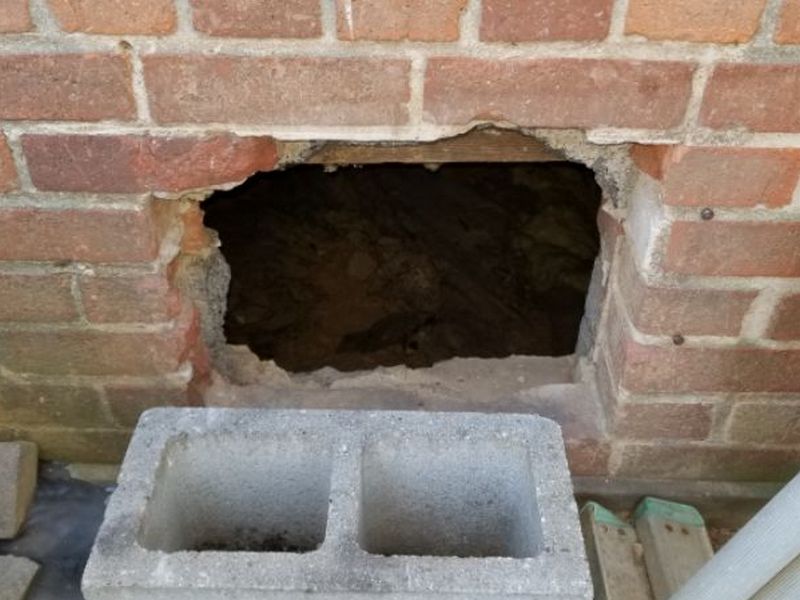
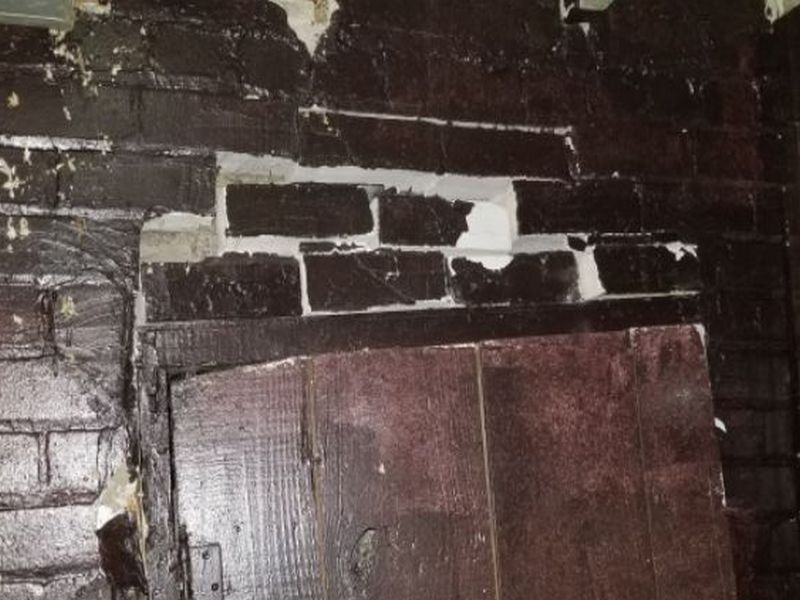
There is a damaged or deteriorated lintel in the foundation wall. This can affect the lintel’s support for the masonry above an opening in the foundation wall. Repair or replace the lintel.
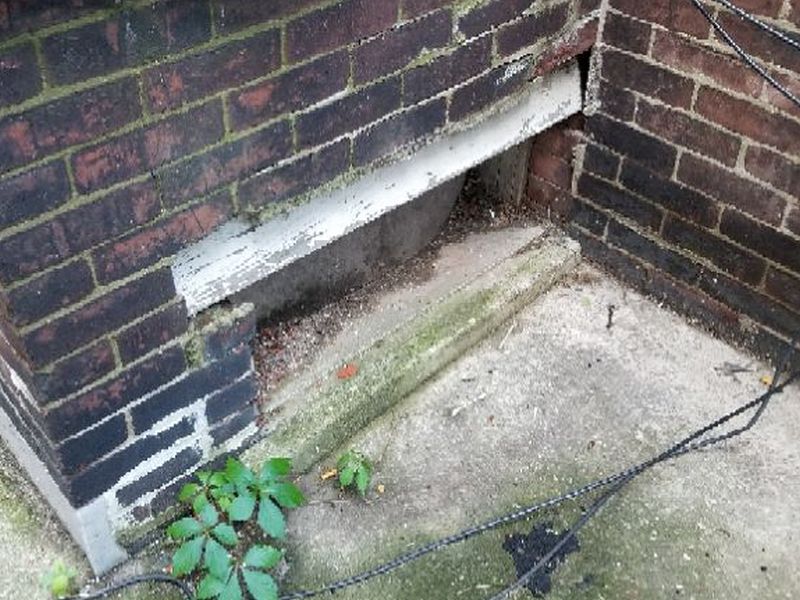
There are step cracks in the foundation wall. Step cracks indicate that the foundation has settled or is settling. Hire a contractor to evaluate the cracks and provide repairs as needed.
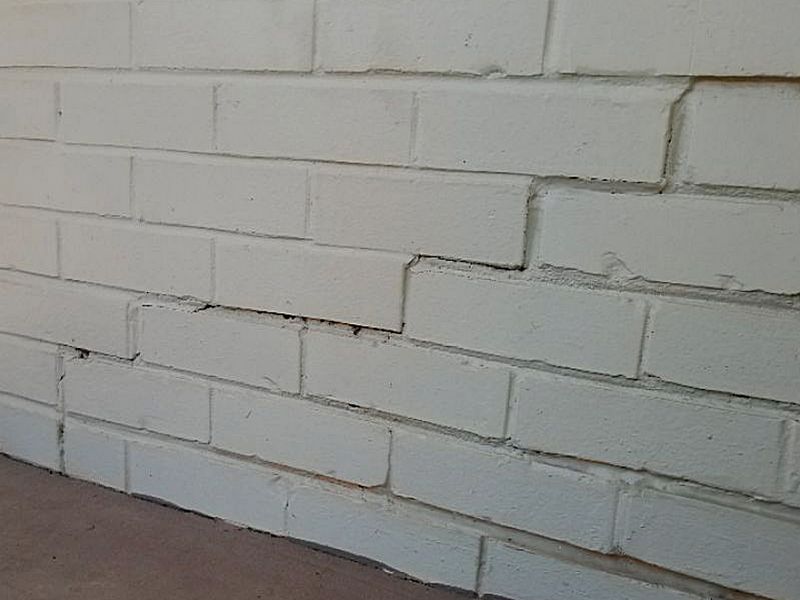
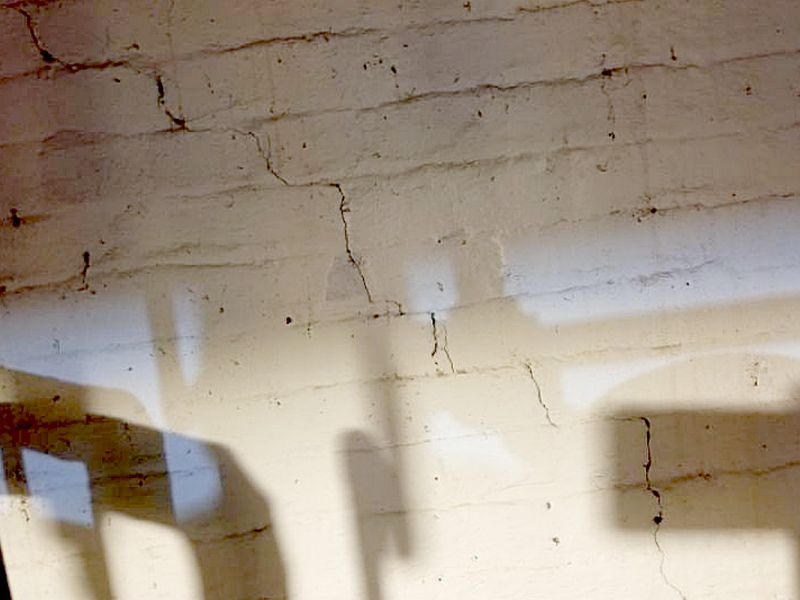
There are horizontal cracks and bowing in the foundation wall. This indicates excessive lateral pressures and wall failure. Hire a contractor to evaluate the cracks and provide repairs as needed.
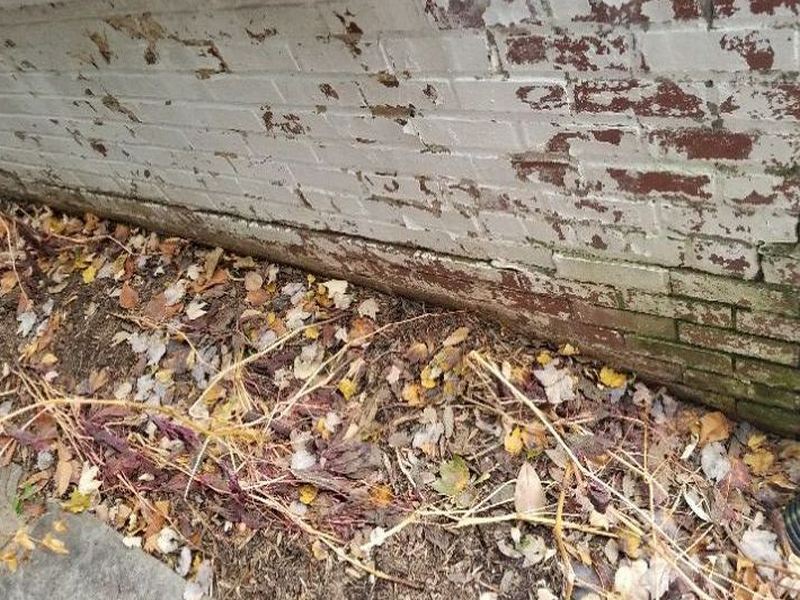
The foundation wall is out of plumb or leaning. This will compromise the load bearing capacity of the wall. Hire a contractor for an evaluation and to provide repairs as needed.
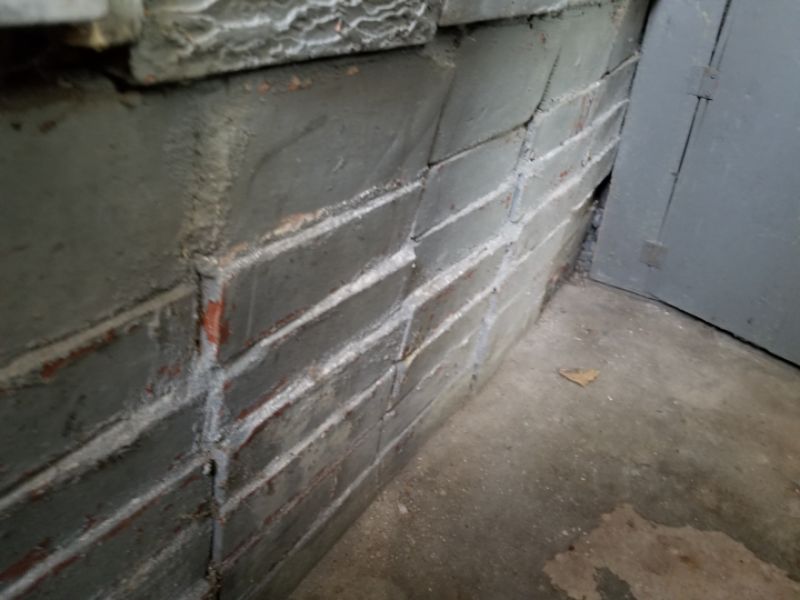
Firewood or wood debris is piled against the siding. This is conducive to wood destroying insect activity. Move the firewood and debris.
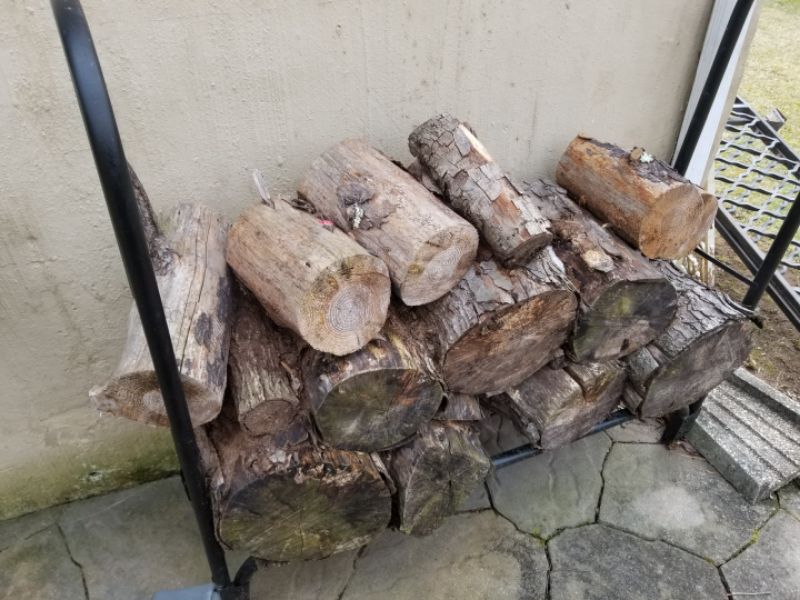
The slab is damaged. This can allow water penetration and further deterioration. Hire a contractor for repairs as needed.
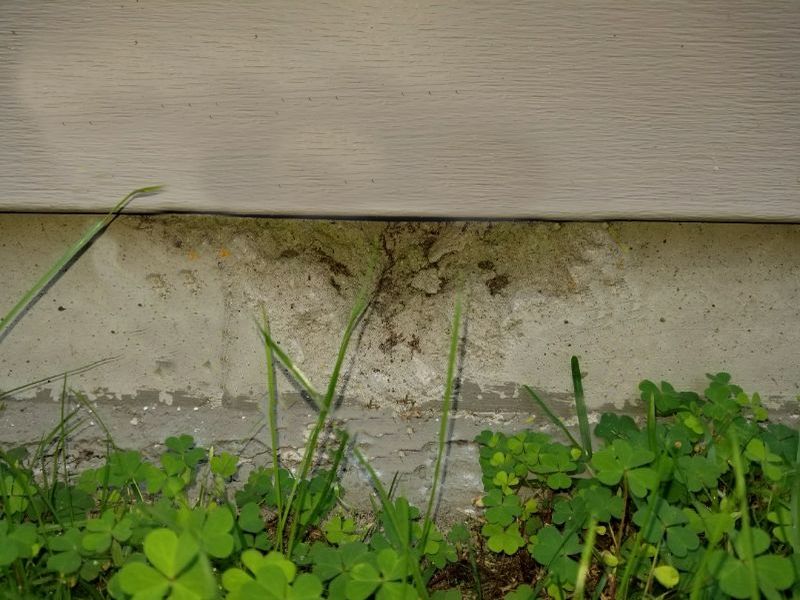
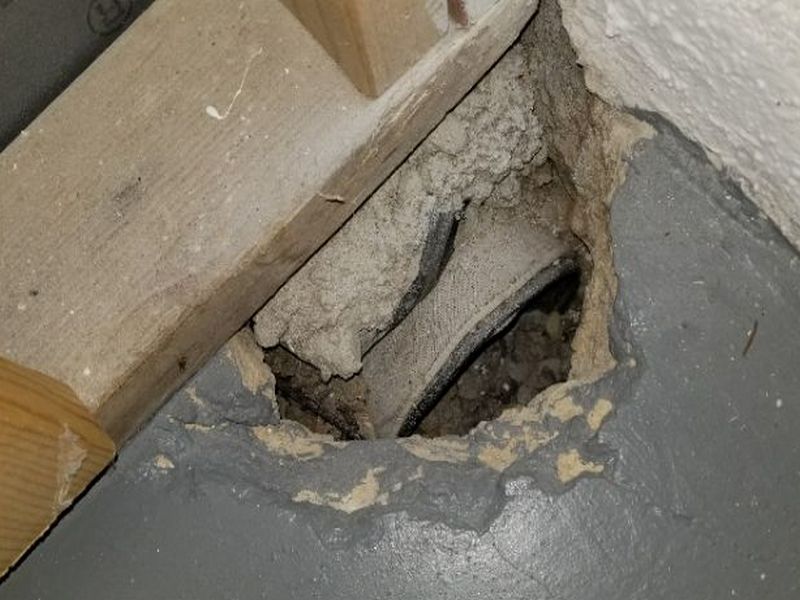
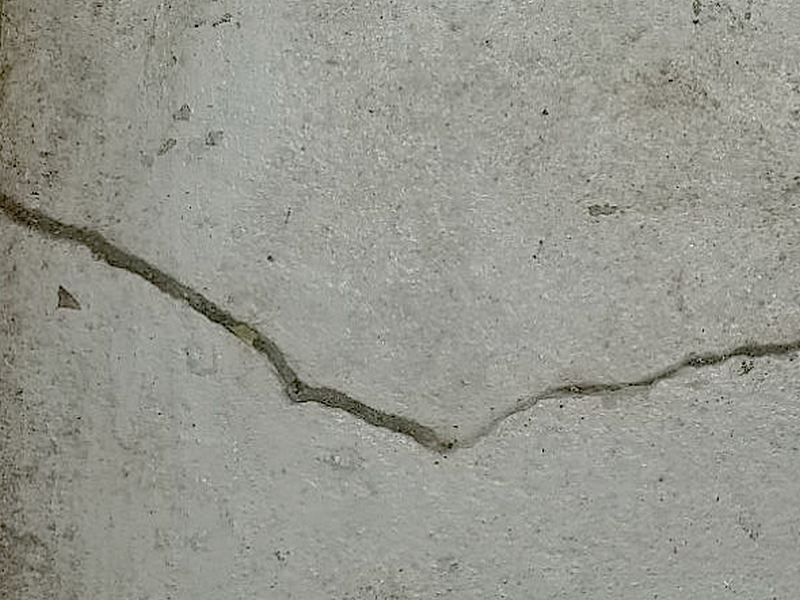
The slab is being undermined. This can allow settlement and damage. Hire a contractor to correct the conducive conditions and make repairs as needed.
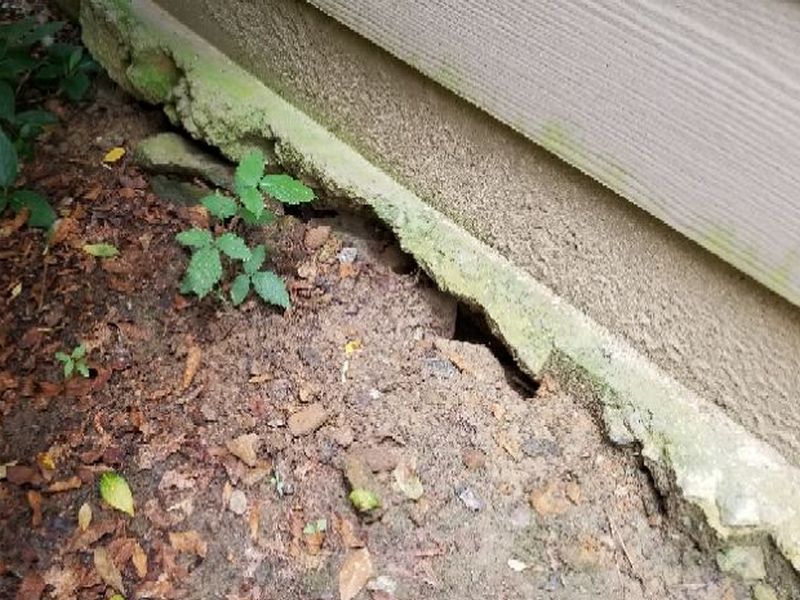
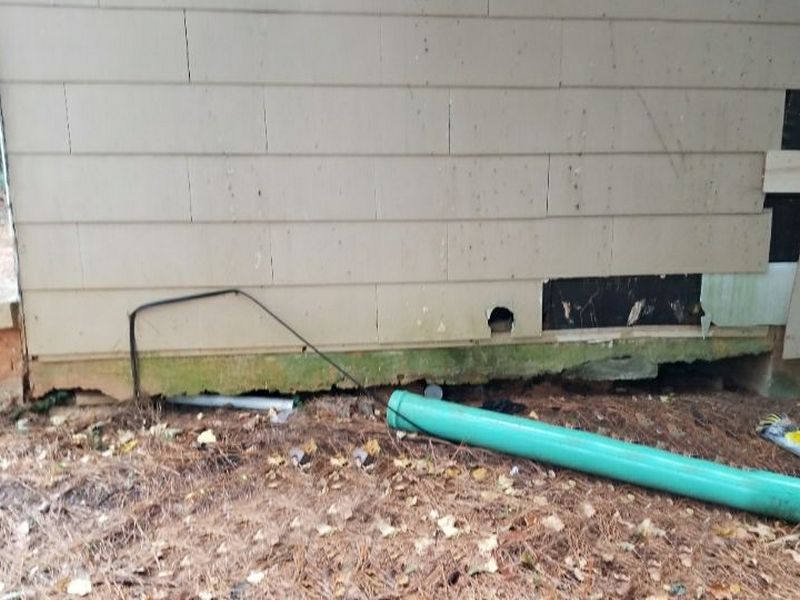
The slab has settled; the reason for this is not known. Action is needed to prevent possible ongoing damage. Hire a contractor for an evaluation and repairs as needed.
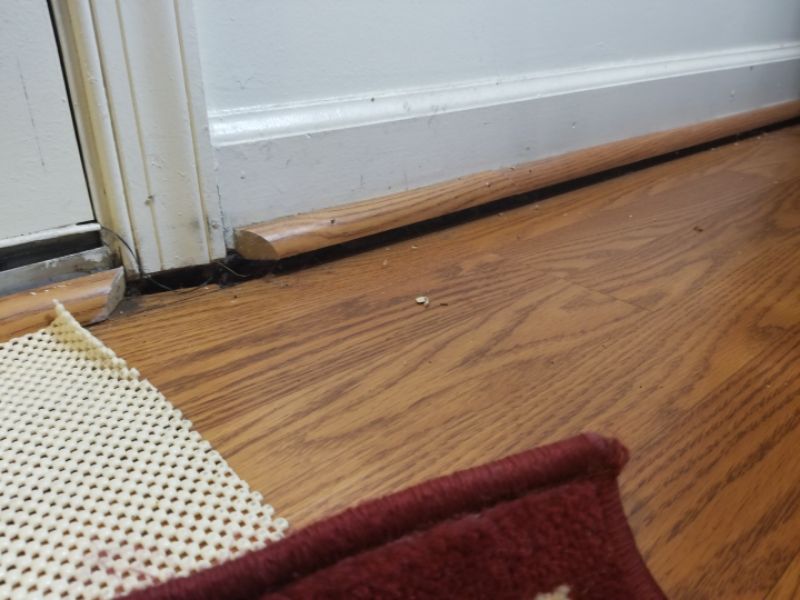
There is minor cracking in the foundation wall. No settlement or displacement is visible. Repair and seal the cracks.
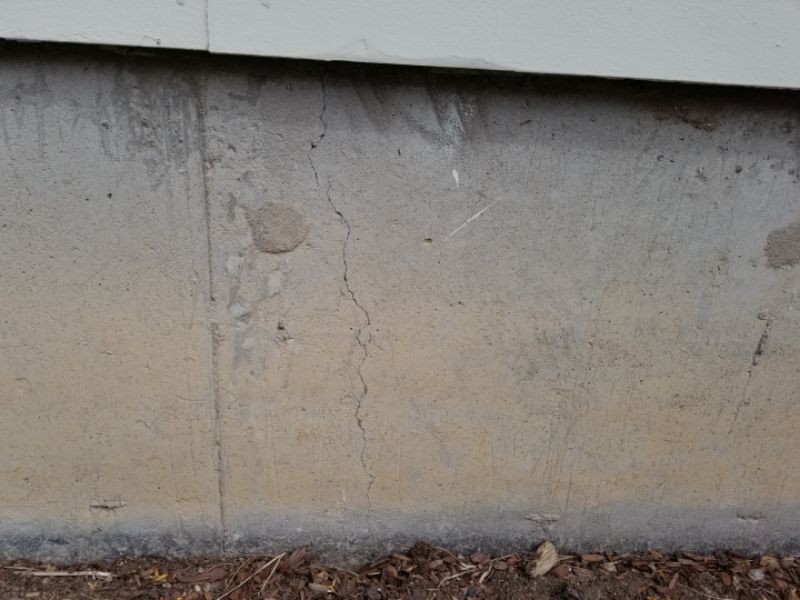
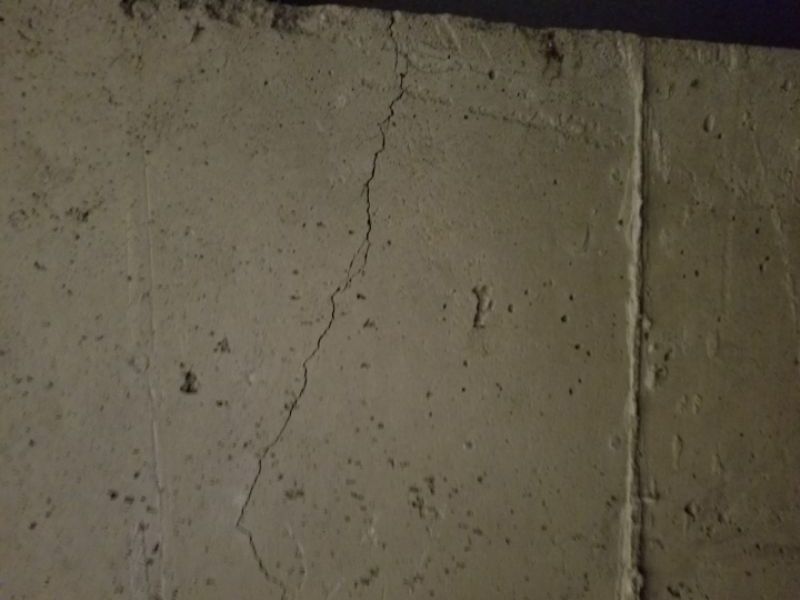
There are vertical cracks in the foundation. Vertical cracks indicate that the foundation has settled or is settling. Hire a contractor to evaluate the cracks and provide repairs as needed.
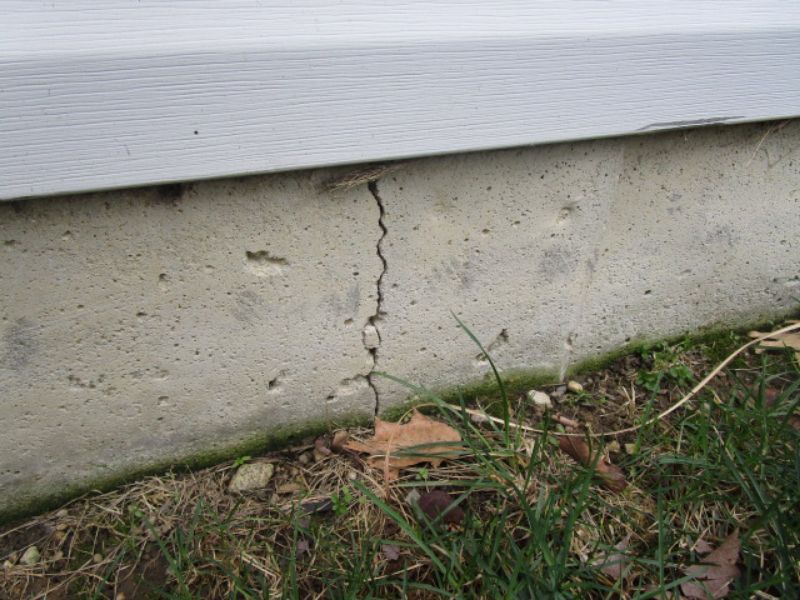
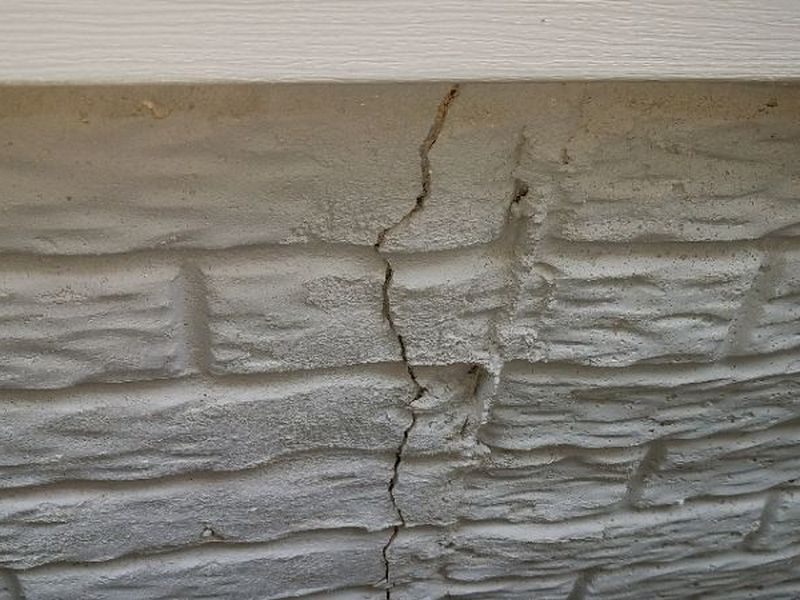
There are vertical cracks in the foundation wall. Vertical cracks indicate that the foundation has settled or is settling. Repairs have been performed. You should obtain any warranty information available. Hire a contractor to evaluate the cracks and repairs as needed.

There are horizontal cracks and bowing in the foundation wall. This indicates excessive lateral pressures and wall failure. Hire a contractor to evaluate the cracks and provide repairs as needed.
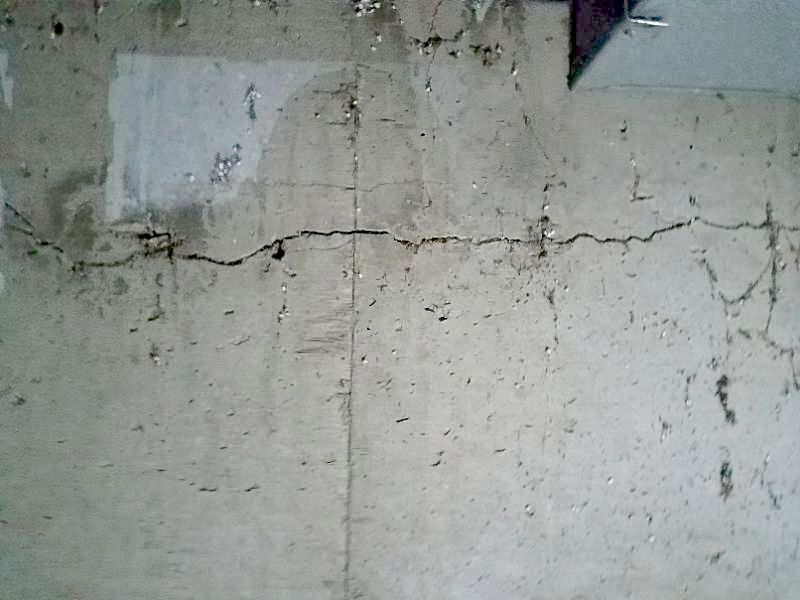
There are horizontal cracks and bowing in the foundation wall. This indicates excessive lateral pressures and wall failure. Repairs have been performed. You should obtain any warranty information available. Hire a contractor to evaluate the cracks and repairs as needed.
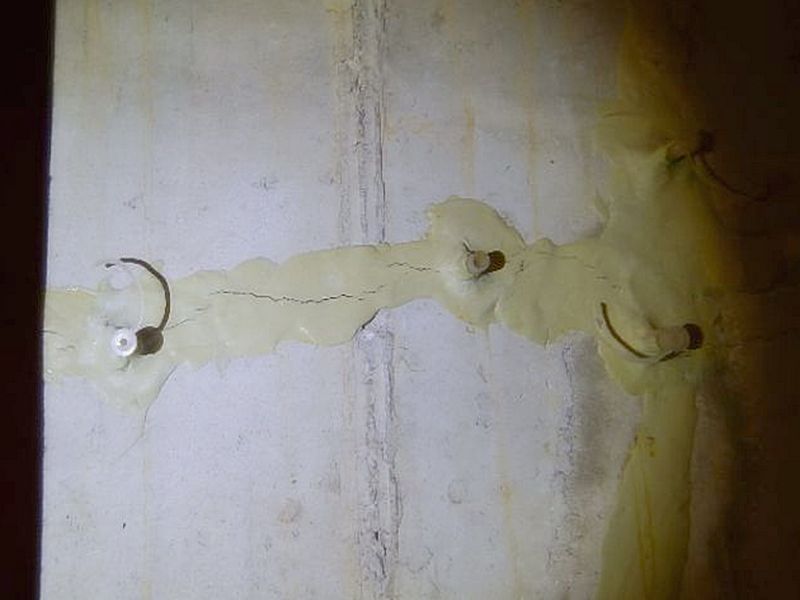
There is a diagonal crack in the foundation wall and differential movement on either side of the crack. Diagonal cracks often indicate a lack of support under the foundation at that area. Hire a contractor to evaluate the cracks and provide repairs as needed.
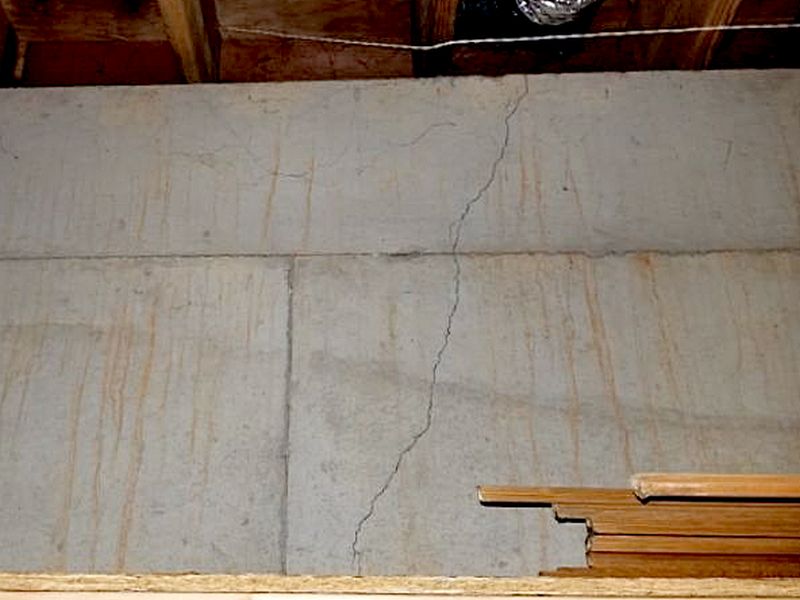
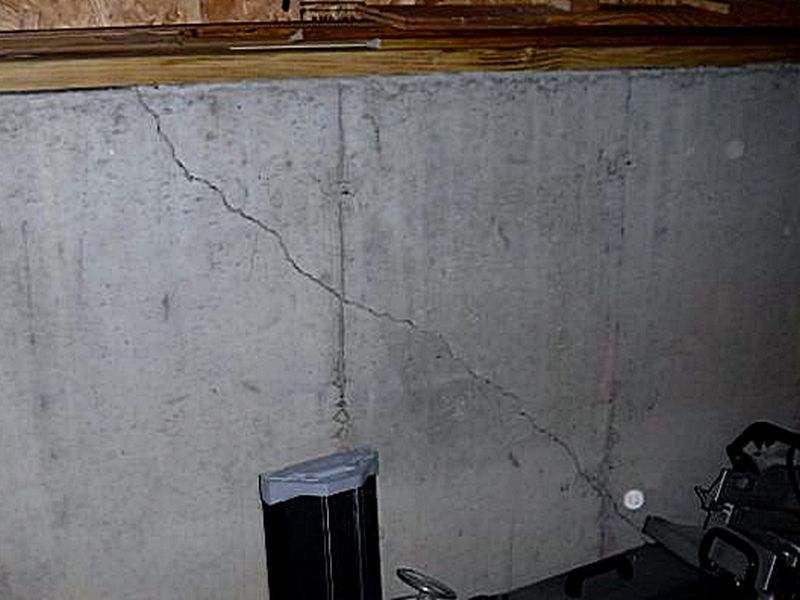
There is a diagonal crack in the foundation wall and differential movement on either side of the crack. Diagonal cracks often indicate a lack of support under the foundation at that area. Repairs have been performed. You should obtain any warranty information available. Hire a contractor to evaluate the cracks and repairs as needed.
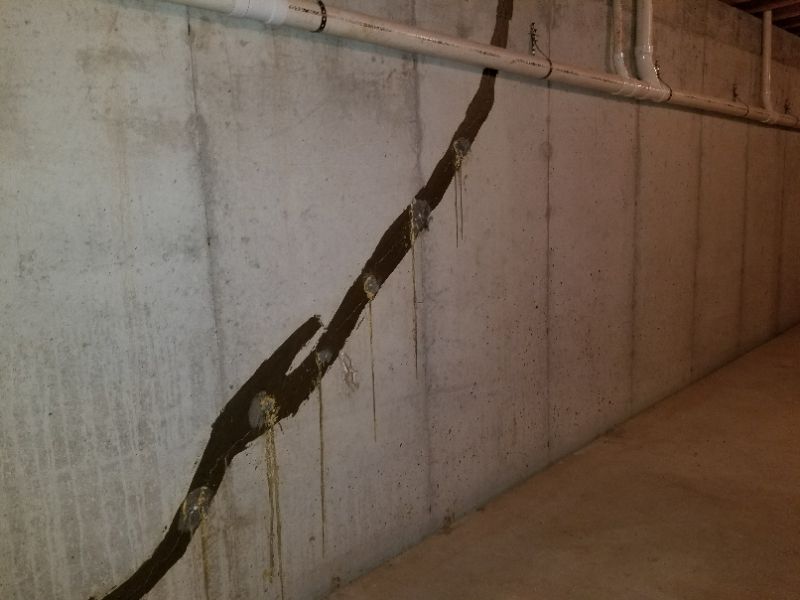
The mortar for the foundation walls is missing or deteriorated. This will allow moisture penetration and further damage. Repair the mortar joints.
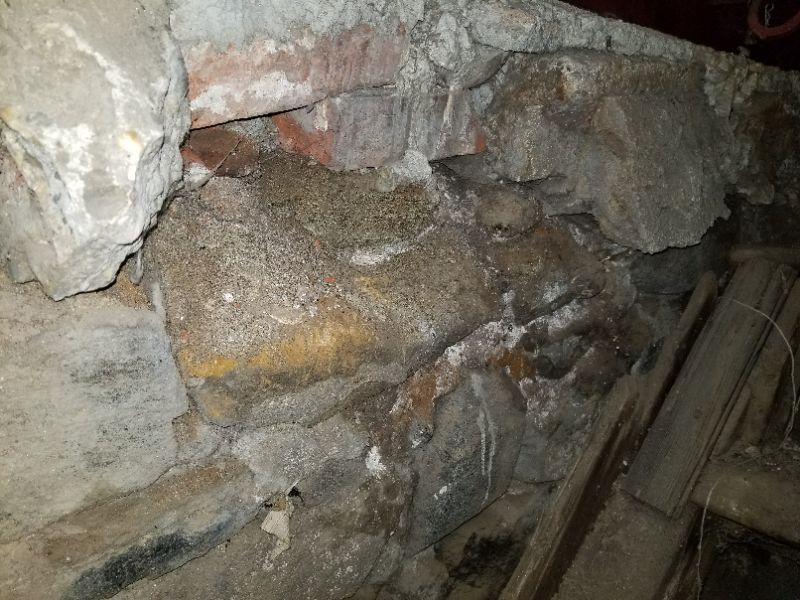
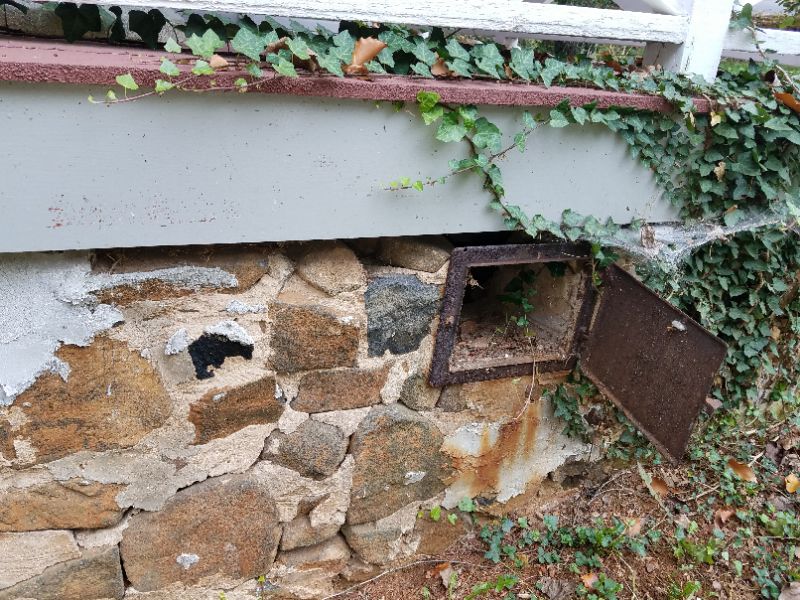
There is a lintel missing where an opening has been made in the foundation. Lintels are required to carry the structural loads around the opening once the wall components are removed. Hire a contractor to provide repairs as needed.
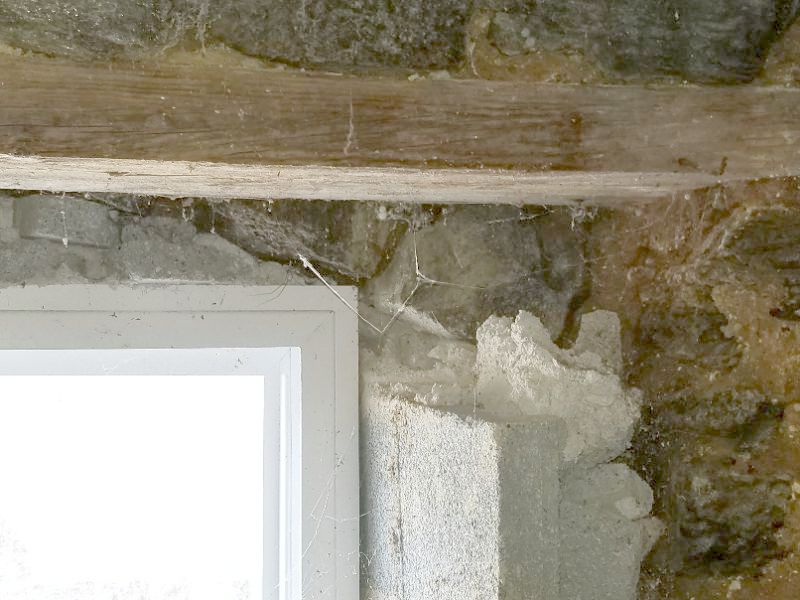
There are vertical cracks in the foundation. Vertical cracks indicate that the foundation has settled or is settling. Hire a contractor to evaluate the cracks and provide repairs as needed.
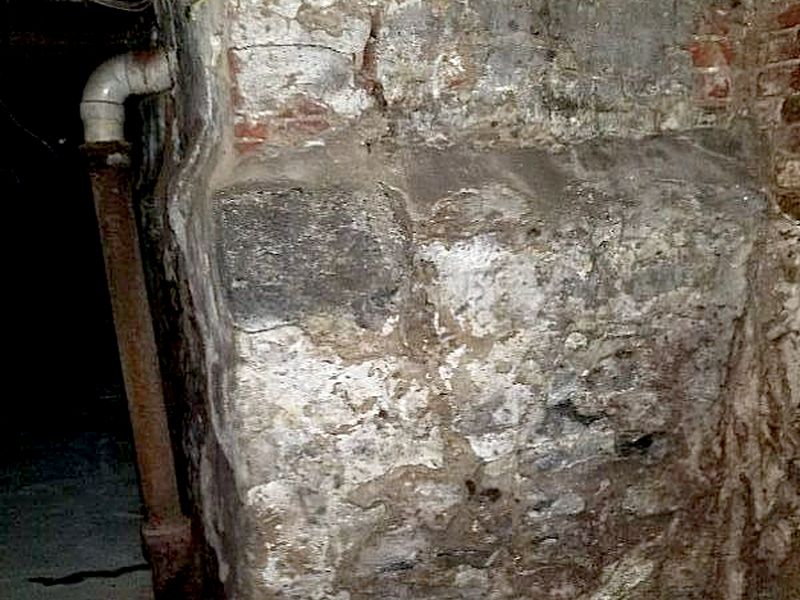
There is differential settlement in the foundation. This implies a structural failure. Hire a contractor for an evaluation and to provide repairs as needed.
